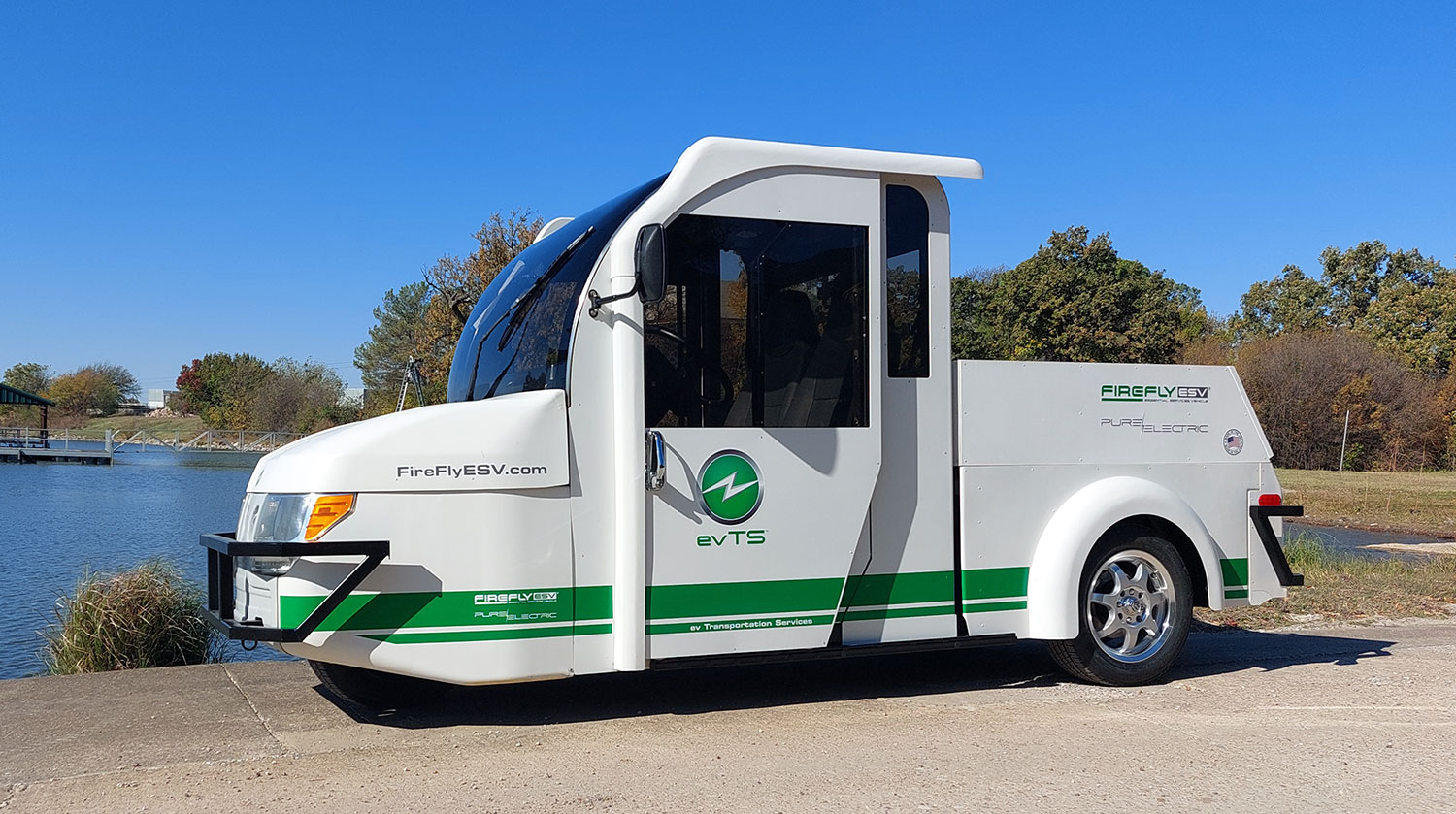In recent years, electric vehicles (EVs) have become increasingly popular among consumers and businesses alike. EVs not only reduce emissions, but they can also save companies money in the long run. For delivery services, the benefits of EVs are particularly pronounced.
In this article, David Solomont, founder and CEO of ev Transportation Services Inc, takes an in-depth look at how EVs can help to reduce costs and improve efficiency for delivery services.

Overview of Electric Vehicles (EVs)
Electric vehicles (EVs) are powered by an electric motor, as opposed to an internal combustion engine (ICE). EVs generate electricity by charging their batteries, making them a sustainable option for businesses. EVs are particularly useful for delivery services due to their ability to reduce emissions and increase cargo capacity.
According to David Solomont, whose company has developed an electric vehicle for delivery, called FireFly ESV, delivery vehicles require a lot of power in a short period of time. This can cause significant strain on engines and result in reduced fuel efficiency. As a result, delivery vehicles have a short lifespan and generate high maintenance costs.
EVs, on the other hand, use significantly less energy and have longer battery life. This means that EVs are generally more cost-effective in the long run. Moreover, EVs do not emit carbon dioxide (CO2) or other harmful pollutants, making them an environmentally sustainable choice.
Benefits of EVs for Delivery Services
The benefits of EVs for delivery services are numerous. In this section, David Solomont takes a closer look at the advantages EVs have over conventional vehicles.
Increased Cargo Capacity
EVs can offer up to 20% more cargo capacity, making them a good option for delivery services with high-volume loads. This added cargo capacity allows delivery services to accommodate more goods, enabling them to increase profits.
Improved Efficiency
David Solomont points out that EVs have the ability to accelerate quickly and brake efficiently, making them ideal for delivery services. Fast acceleration maximizes the use of roadways and reduces the amount of time spent idling. This efficiency reduces costs associated with fuel.
Reduced Operating Costs
EVs are cheaper to maintain, giving businesses an added incentive to adopt them. On average, EVs have lower maintenance costs of around $100 per month per vehicle. Delivery services with high-volume vehicles can save significantly on maintenance costs.
Extended Battery Life
As long as they are maintained properly, EVs can last up to 10 times longer than conventional vehicles. The long battery life of EVs minimizes the frequency of charging, extending the life of the battery. Moreover, the need for less charging reduces carbon emissions, making EVs a sustainable solution for the delivery service industry.
EV Charging
Infrastructure EVs are generally slower to charge than ICE vehicles. For delivery services, however, the charging time is negligible. This means that EVs are well-suited for businesses that use a hub-and-spoke model, in which vehicles are charged at the hub. On the other hand, EVs are not recommended for businesses that use a decentralized fleet, where vehicles are charged while they are in service. EVs are not yet widely adopted in the delivery services industry, but the advantages of EVs make them an attractive option for businesses to consider. That’s why David Solomont decided creating his FireFly ESV.
Conclusion
The benefits of EVs for delivery services are numerous. With their reduced emissions, extended battery life, and increased cargo capacity, EVs are a sustainable and cost-effective option for businesses. To adopt EVs, businesses must first address the challenges of the charging infrastructure. With the right approach, businesses can successfully adopt EVs and save money on fuel costs. With the increasing demand for sustainable, eco-friendly solutions, EVs are becoming an increasingly attractive option for businesses to consider. For more articles on the benefits of electric vehicles, visit the blog of David Solomont.